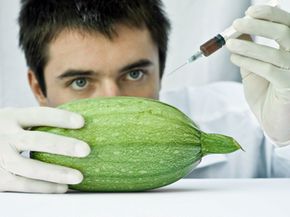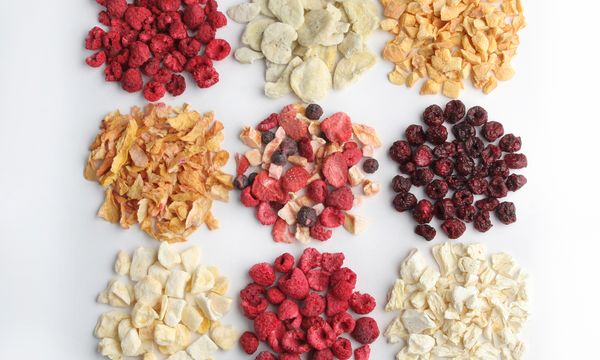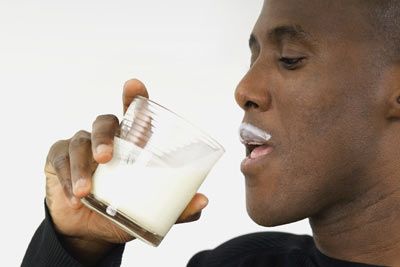Even before Louis Pasteur made his breakthrough with pasteurization way back in 1862, science has had a close relationship with food. Scientific methods for food preservation were passed down from our ancestors long before they were studied and proven. Modern food science has introduced us to genetically modified beef and chicken, artificial sweeteners and fat-free cooking oils, just to name a few.
Food Additives
Advertisement
Food additives are used to either preserve food or improve its taste and appearance. Sometimes certain foods can lose their color during preparation, so food coloring is added to make it look more appetizing. Anti-caking agents are added to packaged goods that contain powders, like flour or milk powder, to keep them from clumping up in the box. Emulsifiers are handy for keeping mixtures containing oil and water from separating. Added flavors can come from all natural ingredients, or they can be 100 percent manufactured. Stabilizers and thickeners are used in tandem with emulsifiers to firm up the texture of certain foods. Artificial sweeteners add a sugary taste without adding any real sugar, which can be helpful for diabetics or people who are watching their waistlines. The word additive implies synthetic, but this isn't always the case. Additives like citric and lactic acid are naturally occurring and accentuate the flavors of foods. They also act as preservatives and antioxidants.
Preservation
The purpose of preservation is to prevent the growth of bacteria and other microorganisms that speed up food spoilage. One way to do this is to slow down the oxidation process in fats, which helps to prevent rancidity. Preservation also stops the natural discoloration that happens when preparing food, like when apples turn brown soon after they're cut. Foods like vinegar and salt serve as capable preservatives that have been used for centuries. Vinegar is an acid that is useful for pickling fresh vegetables like cucumbers and beets, extending their shelf life by years if they're properly sealed and stored. Vinegar also provides a specific flavor that we've all come to associate with pickles. This technique was especially useful when families grew their own food and needed a supply on the shelves to get though the winter. Salt is used to preserve meats like bacon and ham, and smoking has long been used for all kinds of meat preservation. Boiling, the secret to pasteurization, kills organisms to prevent spoilage. Dehydrating is a good technique for preserving fruits and freezing can keep your meat waiting for you for much longer than your fridge.
Food Analysis
Food analysis is another important role of science in the food industry. Analysis is used to break foods down into their individual nutritional components and determine how much of each comprises a food. All packaged foods are required to contain labels with detailed information about the overall nutritional value, and having this kind of information available allows consumers to make educated choices about what we put in our bodies. Food Analysis is also useful in determining if food has been adulterated.
Did you know? Vinegar is also an excellent all-natural home cleaning product. Its high level of acids is good for killing most molds and mildew.
Advertisement



